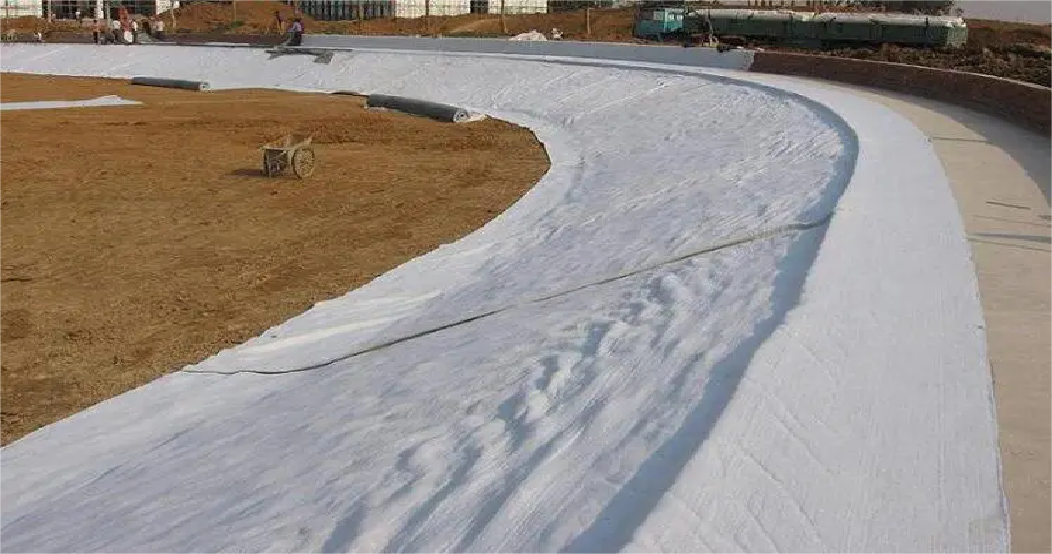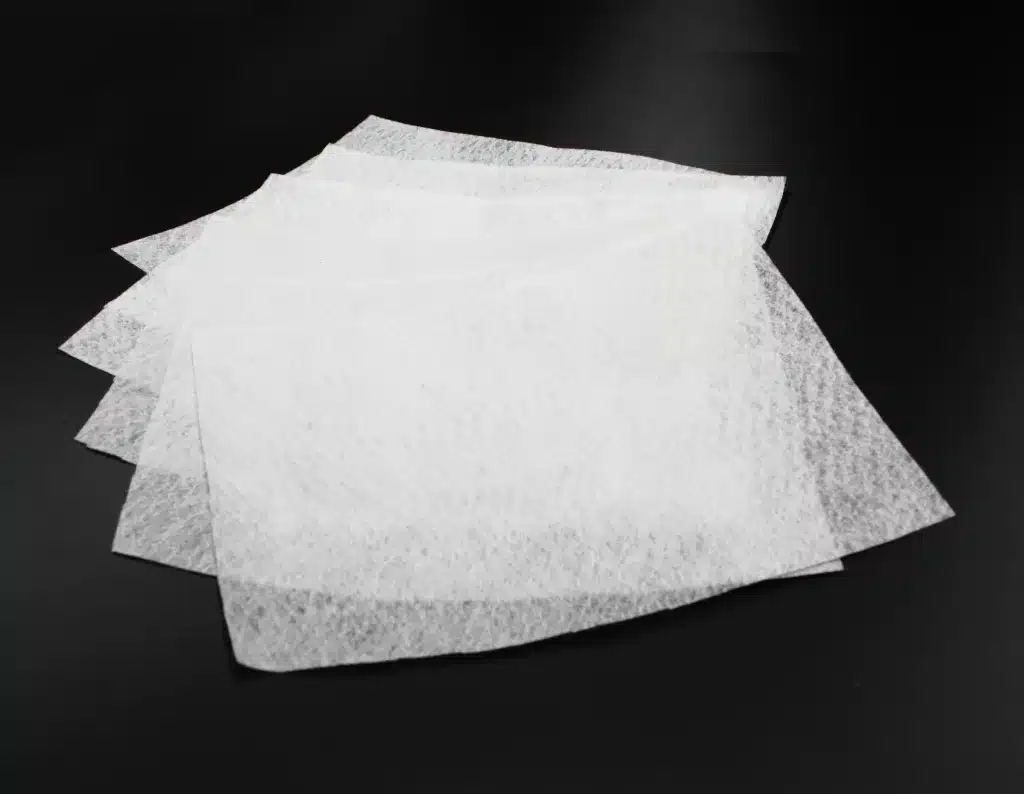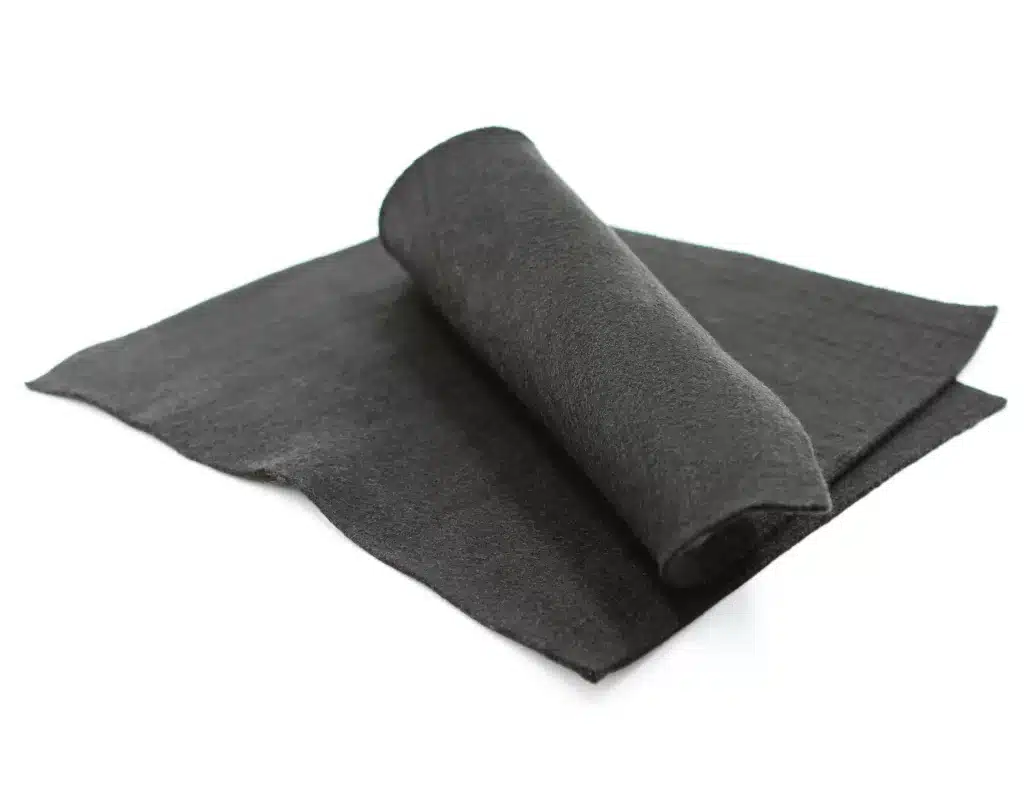+86-159 9860 6917
info@geofantex.com
geofantex@gmail.com
+86-400-8266163-44899
Road geotextile fabric is a specialized material used in the construction of roads to provide support, strength, and stability to the foundation layers. Made from synthetic fibers, these fabrics serve various purposes, such as improving drainage, reinforcing the soil, and preventing erosion. As a crucial component in road construction, geotextile fabrics ensure that roads can withstand heavy traffic, environmental stress, and weather conditions. The use of road geotextile fabric has grown significantly in modern civil engineering due to its efficiency and cost-effectiveness in maintaining long-lasting infrastructure.
What is geotextile fabric used in road construction?
Geotextile fabric is primarily used in road construction to improve soil strength, prevent erosion, and enhance drainage. It acts as a barrier between the subgrade and the road base, preventing the two layers from mixing. The fabric also allows water to drain through, reducing the risk of water accumulation that can weaken the road. Furthermore, it helps to fill gaps between roads and improve soil structure, which contributes to the overall stability and durability of the road. Additionally, geotextiles aid in load distribution, making the road more stable and durable over time.

What fabric is used under the road base?
Geotextile road fabric, specifically non-woven geotextiles, plays a crucial role in the stability and longevity of road infrastructure. Positioned beneath the road base, this material is designed to act as a filter and separator, effectively preventing the mixing of soil and aggregates. This separation is key to maintaining a strong and stable road foundation by preserving the integrity of the base materials and preventing potential degradation over time.
Non-woven geotextile fabrics are favored for their excellent drainage properties, which allow water to flow through while preventing soil movement. This drainage capability not only enhances the overall stability of the road structure but also reduces the risk of erosion and water-related damage. Moreover, these fabrics contribute significantly to the road’s ability to withstand heavy loads and adverse weather conditions. The robust nature of non-woven geotextiles ensures that roads remain resilient under the pressure of traffic and environmental stresses.
In conclusion, non-woven geotextile road fabric is an essential material in modern road construction, providing both filtration and separation to ensure strong, durable, and long-lasting roads that can handle heavy traffic and fluctuating weather conditions.
What is road fabric used for?
Road fabric, or geotextile fabric, is used for several purposes in road construction. It is employed to separate different layers of soil or aggregate materials, prevent the mixing of subgrade and base layers, enhance drainage, and reinforce the road structure. By allowing water on the surface to flow through the gravel to the soil beneath, road fabric helps to improve water drainage, preventing the buildup of excess moisture that could weaken the road. Additionally, it helps distribute loads more evenly, improving the overall stability and lifespan of the road. This makes it especially important in areas with weak soils or poor drainage conditions.
Why do they put fabric under asphalt?
Fabric is placed under asphalt to provide extra stability to the road surface. The geotextile fabric acts as a separator between the subgrade and the asphalt layers, preventing the mixing of the materials. This separation helps to maintain the integrity of the road structure and prevents deformation or shifting. Additionally, the fabric improves water drainage, reducing the risk of moisture-related damage that can lead to cracking and potholes. This makes the fabric useful both as preventive maintenance before issues arise and as rehabilitation after the damage has occurred.
In conclusion, road geotextile fabric plays a crucial role in modern road construction by improving stability, drainage, and durability. By separating layers, reinforcing soil, and reducing erosion, it ensures roads are better equipped to handle the stresses of heavy traffic and weather conditions. The use of geotextile fabric, particularly under road base layers and asphalt, offers long-term benefits for road performance, making it an essential component in the construction of resilient and sustainable infrastructure.



Get Free Sample
We’ll respond as soon as possible(within 12 hours)






















